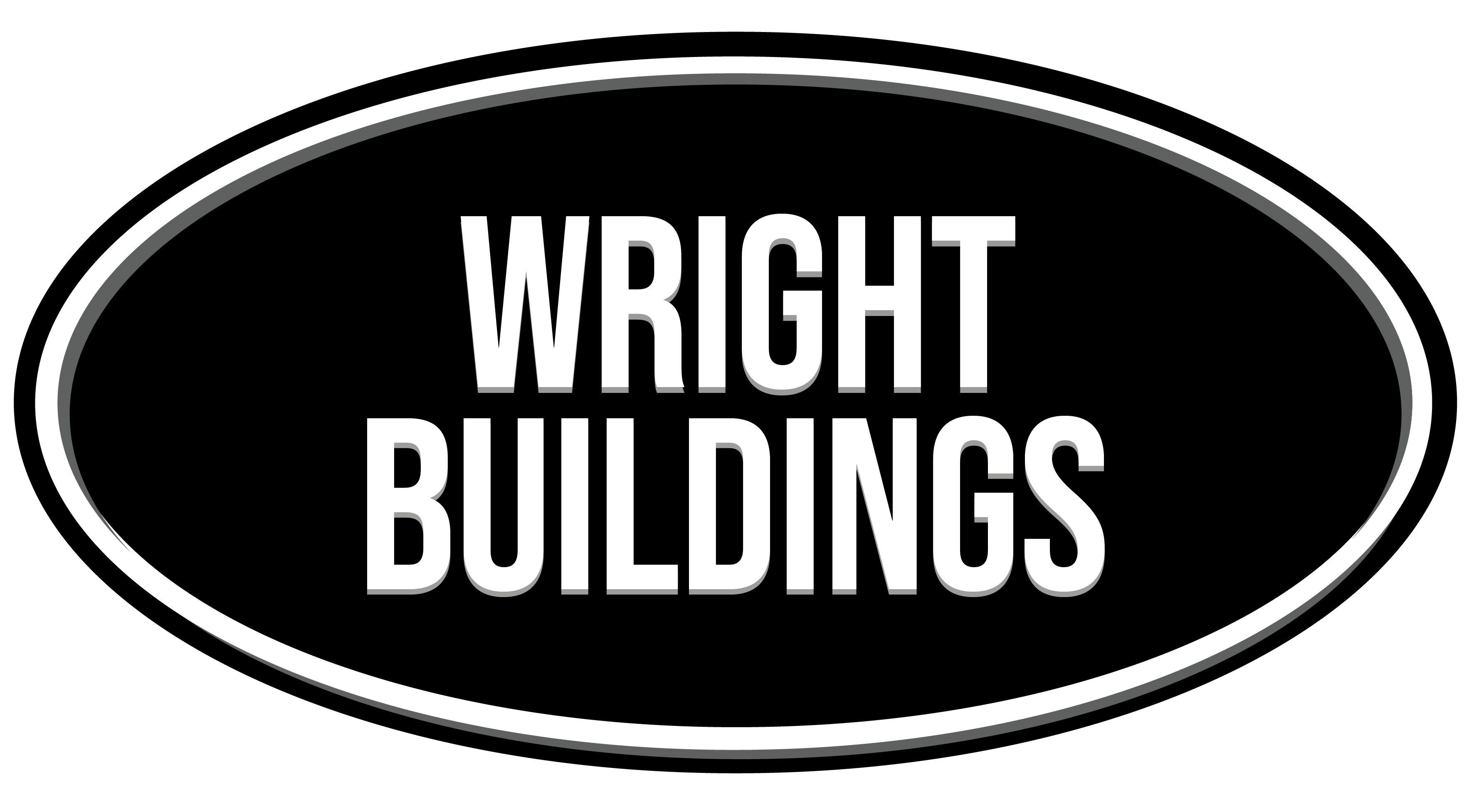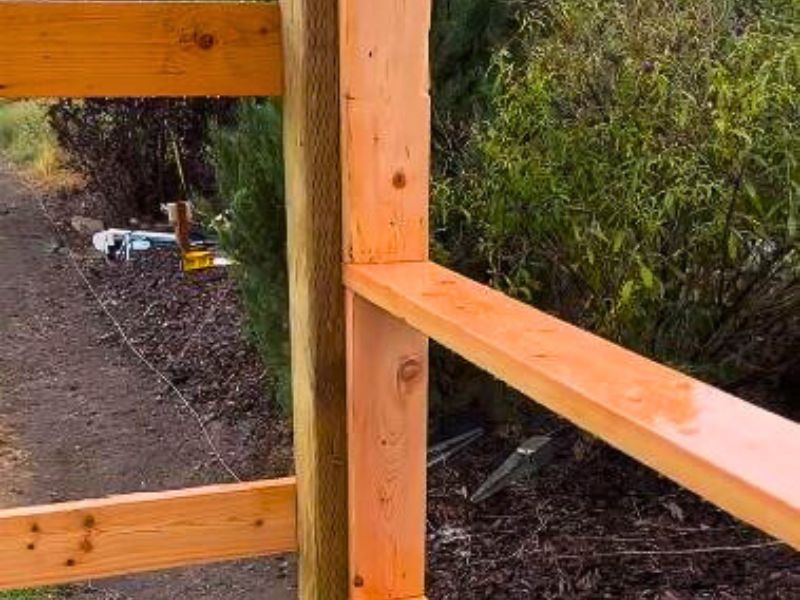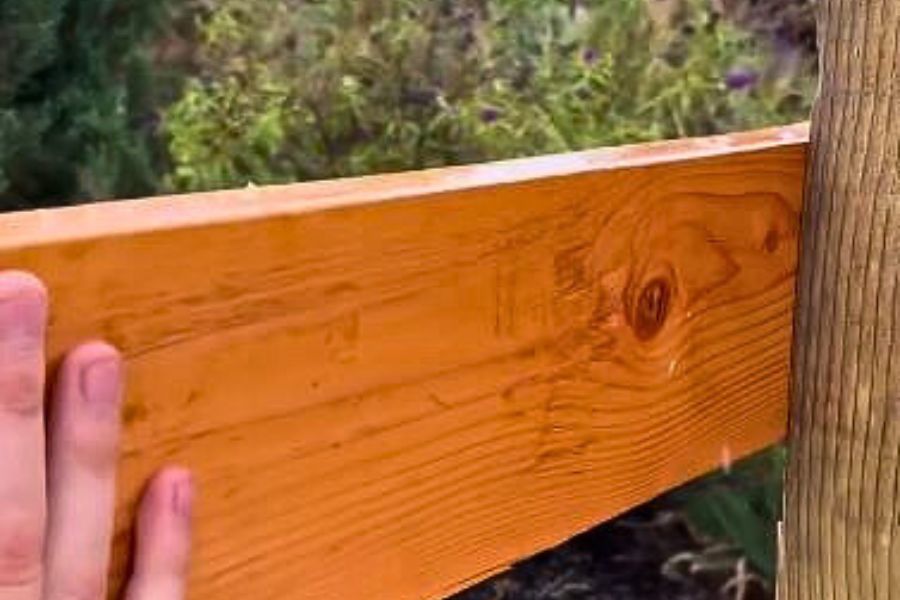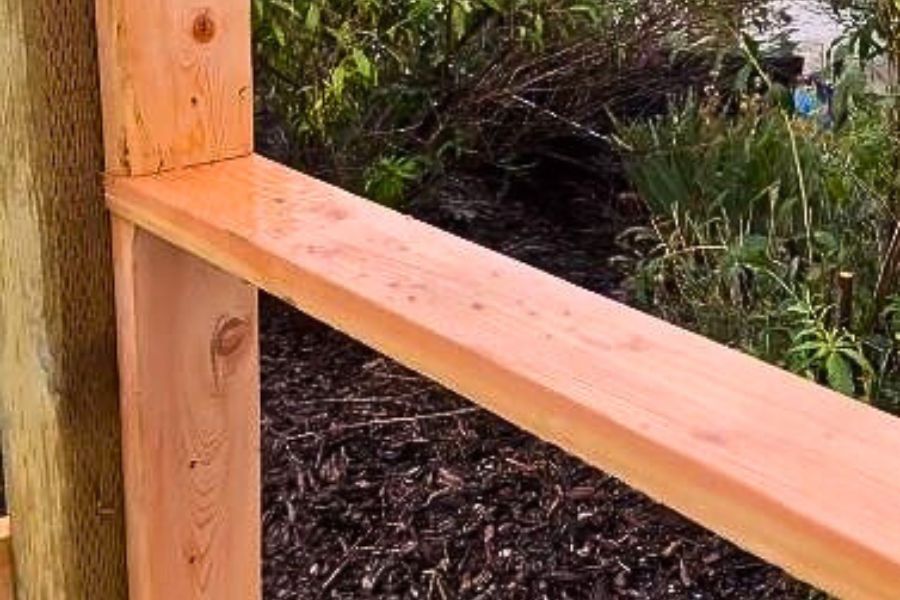When you’re building something like a pole barn or a steel structure, you might come across terms like “commercial girts” and “standard girts.” These might sound like fancy jargon, but they’re actually pretty important in the world of construction. They’re like two different ways of putting the walls together in a building and understanding what sets them apart can help you make smarter choices when it comes to your building project.
In this article, we’ll take a closer look at these girts, explaining what they are, how they work, and why they matter. We’ll break it down in a way that’s easy to grasp, so whether you’re a DIY enthusiast or a professional builder, you’ll walk away with a clear understanding of what these girts do and which one might be right for your project.
Standard Girts: The Basics
Standard girts, or flat girts, are like the classic way of putting up the outside walls of a building. Imagine beams running sideways on the outside of the building’s frame—those are the standard girts. They serve as a direct place where you can attach materials like metal sheets or other outer coverings. Builders like them because they’re simple and won’t break the bank.
- They’re like beams that run across the outside of the building.
- Used to attach outer wall coverings like metal sheets.
- A simple and budget-friendly option.
- Provides an easy way to put up wall materials.
Standard girts are pretty straightforward. They’re like the support beams you see on the sides of a building, helping to hold up the walls. They’re a good choice if you want something basic and don’t need fancy extras like extra insulation or super strength.
Commercial Girts: Adding Strength and Insulation
Now, commercial girts, also known as bookshelf girts, take things up a notch in the construction game. They’re not just beams; they’re designed to create space where you can put insulation inside. This helps make buildings more energy-efficient. Plus, they give you more options when it comes to what your walls look like on the inside.
- They’re made to create a space where insulation can be put.
- Allow insulation to be added inside them, making buildings more energy-efficient.
- Give options for different wall finishes on the inside.
- Stronger than standard girts.
- Allow for wider gaps between posts without losing strength.
- Can save money by creating more space without needing extra support.
Commercial girts are a bit more complex. They’re like shelves where you can put insulation inside, making buildings better at keeping the heat in or out. They’re stronger than standard girts, so you can have wider spaces between the support posts without making the building weak. This can save money and give more flexibility in how the inside walls look.
Conclusion
In a nutshell, choosing between commercial and standard girts depends on things like how much insulation you need, how strong you want your building to be, and how much you’re willing to spend. Pole buildings often offer choices that include these girts, letting you design and build with more flexibility.
Understanding these differences helps you make smart choices for a sturdy and efficient building, whether you go for the straightforward affordability of standard girts or the extra features of commercial girts.




Recent Comments